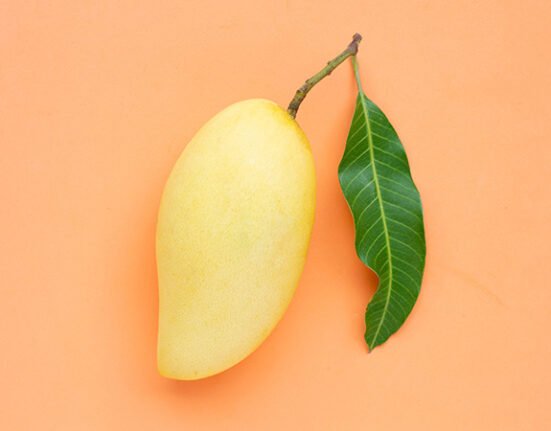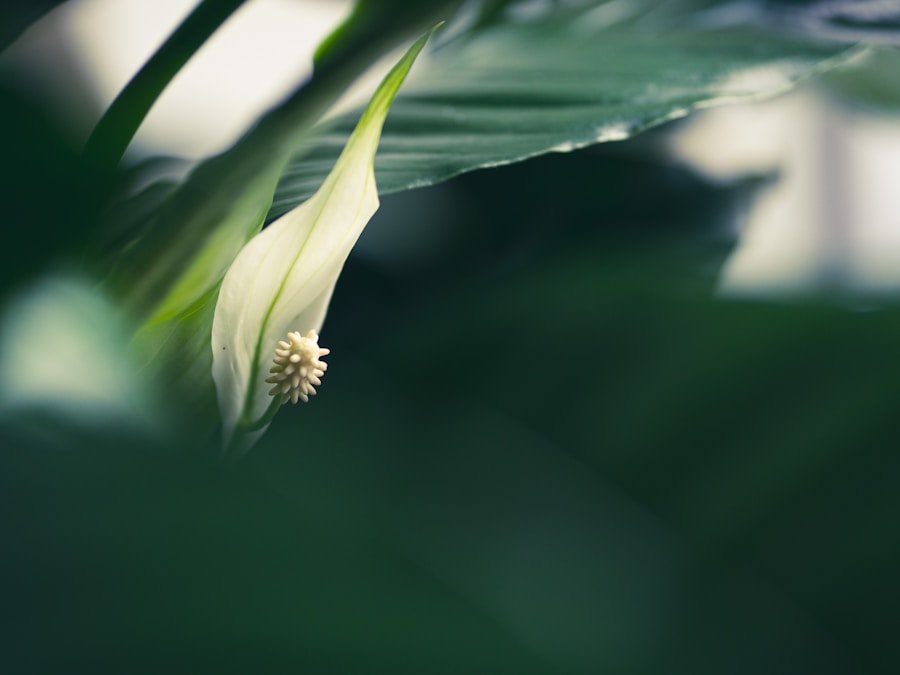Soilless gardening, also referred to as hydroponics, is a sustainable and space-efficient method of cultivating vegetables indoors. By eliminating the need for soil, this approach reduces the consumption of natural resources such as water and land. Hydroponic systems utilize nutrient-rich water solutions to deliver essential minerals and nutrients directly to the plant roots, resulting in accelerated growth rates and increased yields.
This method also enables vertical gardening, allowing for the cultivation of a large quantity of vegetables in a limited space. This is particularly beneficial for urban residents who may have restricted outdoor space for traditional gardening. By adopting soilless gardening techniques, individuals can minimize their environmental impact while still enjoying the benefits of homegrown produce.
In addition to its sustainability, soilless gardening is also characterized by its space-saving attributes. Traditional gardening methods require a substantial amount of space for planting and cultivating soil, which may not be feasible for individuals residing in urban areas or apartments. Soilless gardening enables the efficient use of space, making it possible to cultivate a variety of vegetables indoors without the need for a large garden plot.
This makes it an ideal option for those seeking to maximize their growing potential in a limited space while minimizing their environmental footprint.
Key Takeaways
- Soilless gardening indoors allows for sustainable and space-saving gardening, making it accessible for urban dwellers.
- Year-round harvesting is possible with indoor soilless gardening, providing a constant supply of fresh produce.
- Indoor gardening provides control over growing conditions, leading to healthier and more abundant crops.
- Reduced pests and diseases are a benefit of soilless gardening, leading to less need for chemical pesticides.
- Nutrient-dense produce can be grown indoors using soilless gardening methods, providing a healthy and convenient food source.
Year-Round Harvesting
Overcoming Seasonal Limitations
Traditional gardening methods are often limited by seasonal changes and weather conditions, which can impact the availability of fresh vegetables. Soilless gardening eliminates these limitations by providing a controlled environment for plant growth.
Consistent Supply of Fresh Produce
By using hydroponic systems, individuals can create the ideal conditions for vegetable cultivation, regardless of the time of year. This means that they can enjoy a continuous supply of fresh, homegrown produce throughout the year, without being restricted by seasonal changes.
Expanding Crop Options
With traditional gardening methods, certain vegetables may only be available during specific seasons. However, soilless gardening makes it possible to grow a diverse range of vegetables at any time, expanding the options for homegrown produce. This not only provides individuals with a greater variety of fresh vegetables to enjoy but also allows them to explore new and unique crops that may not be readily available in their local area.
Control Over Growing Conditions
Soilless gardening offers individuals greater control over the growing conditions of their vegetables, allowing them to create an optimal environment for plant growth. Traditional gardening methods are often subject to external factors such as soil quality, temperature, and humidity, which can impact the health and yield of crops. Soilless gardening eliminates these variables by providing a controlled environment for plant cultivation.
Hydroponic systems allow individuals to adjust factors such as nutrient levels, pH balance, and light exposure, ensuring that plants receive the ideal conditions for growth. This level of control not only promotes healthier and more robust plant growth but also allows individuals to tailor the growing conditions to the specific needs of different vegetable varieties. In addition to providing optimal growing conditions, soilless gardening also allows individuals to monitor and manage the health of their plants more effectively.
Without the presence of soil, it is easier to detect and address issues such as nutrient deficiencies, pests, and diseases. This proactive approach to plant care can help individuals maintain the health and vitality of their vegetable crops, resulting in higher yields and better quality produce. By having greater control over growing conditions, individuals can ensure that their vegetables are grown in the best possible environment, leading to healthier and more abundant harvests.
Reduced Pests and Diseases
| Benefits of Soilless Gardening |
|---|
| 1. Year-round gardening |
| 2. Space-saving |
| 3. Water conservation |
| 4. Reduced risk of pests and diseases |
| 5. Control over growing conditions |
| 6. Faster growth and higher yields |
| 7. Sustainable and eco-friendly |
Growing vegetables indoors using soilless gardening can help reduce the risk of pests and diseases that commonly affect outdoor crops. Traditional gardening methods are often susceptible to a range of pests such as insects, rodents, and birds, which can damage or destroy vegetable crops. In addition, outdoor plants are also vulnerable to diseases caused by fungi, bacteria, and viruses, which can spread rapidly in natural environments.
Soilless gardening eliminates these risks by providing a controlled and protected environment for plant growth. By growing vegetables indoors, individuals can minimize the exposure of their crops to pests and diseases, reducing the need for chemical pesticides and fungicides. Furthermore, soilless gardening can also help prevent the spread of pests and diseases between different vegetable varieties.
In traditional gardens, the proximity of different crops can facilitate the transfer of pests and diseases from one plant to another. However, by growing vegetables in separate hydroponic systems, individuals can isolate each crop and prevent the spread of harmful organisms. This not only helps protect the health of individual plants but also contributes to overall garden health by minimizing the risk of widespread infestations or infections.
By reducing the presence of pests and diseases, soilless gardening can help individuals maintain healthier and more productive vegetable crops.
Nutrient-Dense Produce
Soilless gardening can result in nutrient-dense produce that is rich in essential vitamins and minerals. Hydroponic systems deliver nutrients directly to plant roots through water solutions, ensuring that plants have access to all the essential elements they need for healthy growth. This targeted approach to nutrient delivery can result in vegetables that are more nutrient-dense than those grown in traditional soil-based gardens.
In addition, soilless gardening allows individuals to closely monitor and adjust nutrient levels, ensuring that plants receive an optimal balance of essential minerals such as nitrogen, phosphorus, and potassium. Furthermore, soilless gardening can also lead to produce that is free from harmful contaminants commonly found in soil-based agriculture. Traditional farming methods can result in produce that is contaminated with pesticides, heavy metals, and other pollutants present in the soil.
By eliminating the need for soil, soilless gardening reduces the risk of contamination, resulting in cleaner and safer vegetables. This not only benefits individuals’ health but also contributes to overall environmental sustainability by reducing the release of harmful substances into the environment. By growing nutrient-dense and contaminant-free produce, soilless gardening allows individuals to enjoy healthier and safer homegrown vegetables.
Accessibility for Urban Dwellers
Overcoming Limited Outdoor Space
Many individuals living in urban areas may not have access to traditional garden plots or outdoor spaces suitable for vegetable cultivation. Soilless gardening offers a solution by allowing individuals to grow vegetables indoors using compact hydroponic systems that require minimal space.
Flexibility in Location and Climate
In addition to providing accessibility, soilless gardening also offers urban dwellers greater flexibility in terms of location and climate. Traditional gardening methods are often limited by factors such as climate and soil quality, which may not be conducive to vegetable cultivation in urban environments. Soilless gardening eliminates these limitations by providing a controlled environment for plant growth that is independent of external conditions.
Enjoying the Rewards of Homegrown Produce
This means that individuals living in urban areas can grow a wide variety of vegetables indoors, regardless of local climate or environmental constraints. By offering accessibility and flexibility, soilless gardening makes it possible for urban dwellers to enjoy the rewards of homegrown produce.
Educational and Therapeutic Benefits
Soilless gardening offers educational and therapeutic benefits for individuals of all ages. Growing vegetables indoors using hydroponic systems provides an opportunity for hands-on learning about plant biology, nutrition, and environmental sustainability. This makes it an ideal educational tool for schools, community organizations, and home-based learning environments.
By engaging in soilless gardening activities, individuals can gain a deeper understanding of how plants grow and thrive, as well as the importance of sustainable agriculture practices. In addition to educational benefits, soilless gardening can also have therapeutic effects on individuals’ mental health and well-being. Engaging in gardening activities has been shown to reduce stress, anxiety, and depression while promoting relaxation and mindfulness.
Soilless gardening provides individuals with a creative outlet for self-expression and connection with nature, which can contribute to overall emotional and psychological wellness. By offering educational and therapeutic benefits, soilless gardening provides individuals with a holistic approach to personal growth and well-being. In conclusion, growing vegetables indoors using soilless gardening offers a wide range of benefits that make it an attractive option for individuals looking to cultivate homegrown produce.
From sustainability and space-saving advantages to year-round harvesting and control over growing conditions, soilless gardening provides a practical solution for urban dwellers seeking accessibility to fresh vegetables. Additionally, reduced pests and diseases, nutrient-dense produce, and educational and therapeutic benefits make soilless gardening an appealing choice for individuals looking to enhance their health and well-being through homegrown vegetable cultivation. Overall, soilless gardening offers a versatile and rewarding approach to vegetable cultivation that is accessible to individuals of all ages and backgrounds.
FAQs
What is soilless gardening?
Soilless gardening, also known as hydroponics, is a method of growing plants without soil. Instead, plants are grown in a nutrient-rich water solution or a medium such as perlite, vermiculite, or coconut coir.
What are the benefits of growing vegetables indoors using soilless gardening?
1. Space efficiency: Soilless gardening allows for vertical and compact growing systems, making it ideal for indoor spaces with limited room for traditional gardening. 2. Water efficiency: Soilless gardening uses water more efficiently than traditional soil-based gardening, as the water and nutrients are delivered directly to the plant roots. 3. Faster growth: Plants grown using soilless gardening often grow faster than those grown in soil, as they have easier access to nutrients and water. 4. Year-round growing: Indoor soilless gardening allows for year-round vegetable production, regardless of the outdoor climate. 5. Pest and disease control: Soilless gardening can reduce the risk of pests and diseases that are commonly associated with traditional soil-based gardening. 6. Nutrient control: With soilless gardening, it is easier to control the nutrient levels and pH of the growing medium, leading to healthier and more productive plants.








1 Comment